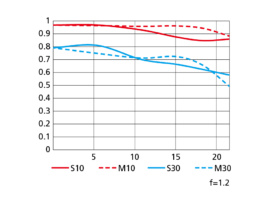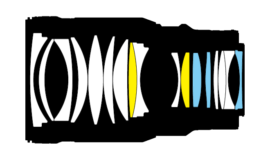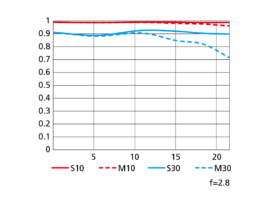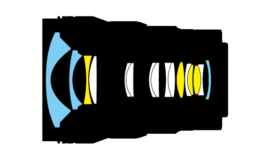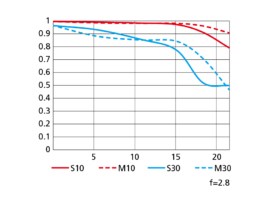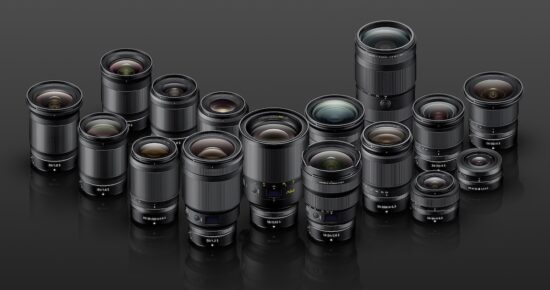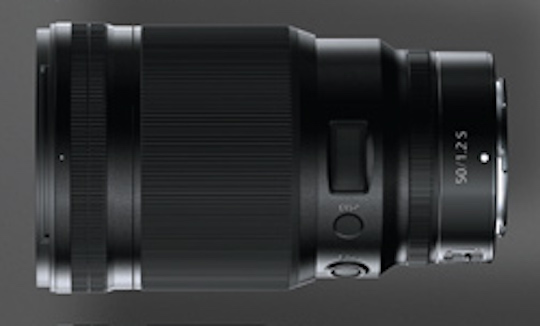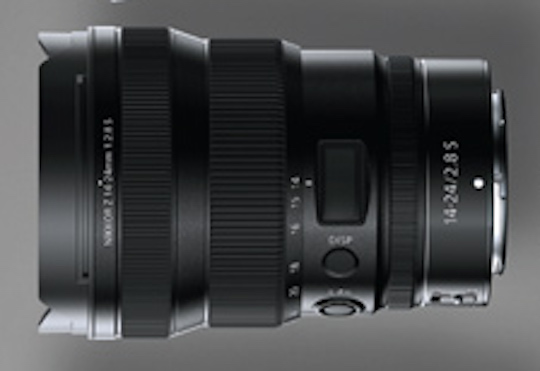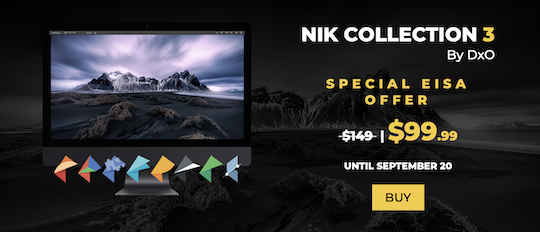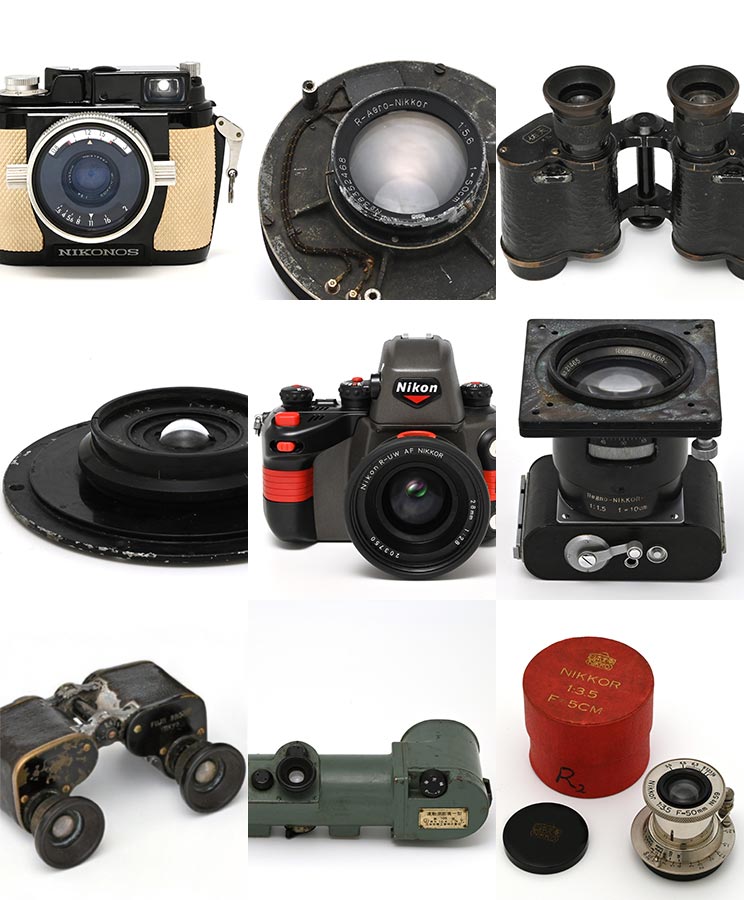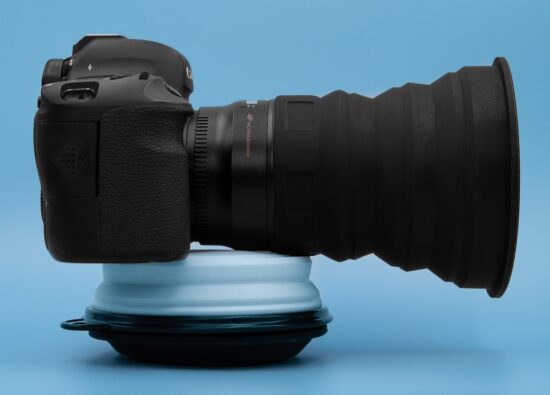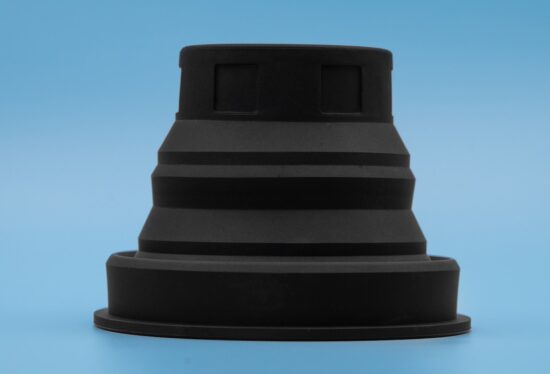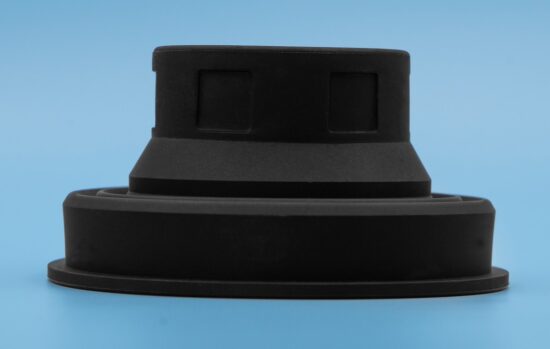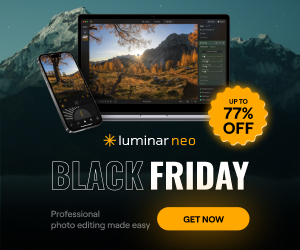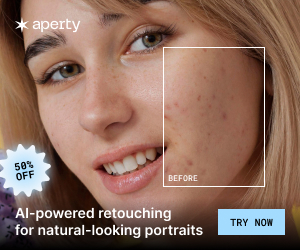
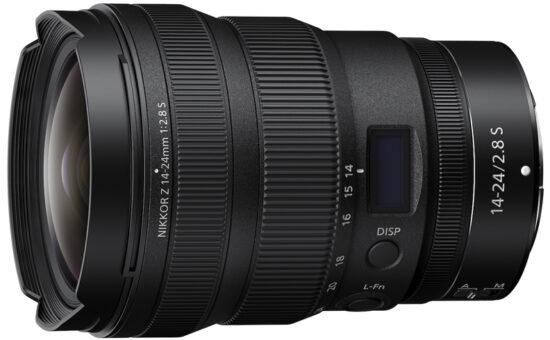
The previously rumored Nikkor Z 50mm f/1.2 S and Nikkor Z 14-24mm f/2.8 S lenses are now officially announced.
Nikkor Z 50mm f/1.2 S lens:
- Sample photo
- More sample photos
- Even more sample photos
- Last link to sample photos
- US price: $2,099.95
- Shipping in December 2020
- Pre-orders: Adorama| B&H| Amazon | WEX | Park Camera | Calumet | Camera Canada
- MTF chart and lens design diagram:
Nikkor Z 14-24mm f/2.8 S lens:
- Sample photo
- More sample photos
- Even more sample photos
- US price: $2,399.95
- Shipping in November 2020
- Pre-orders: Adorama | B&H | Amazon | WEX | Park Camera | Calumet | Camera Canada
- MTF chart and lens design diagram:
